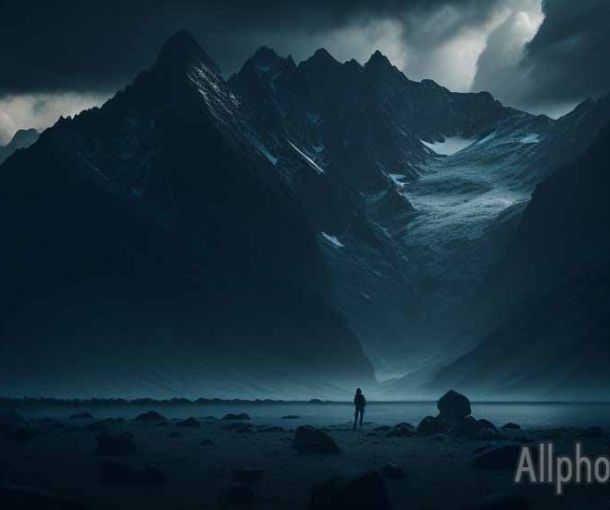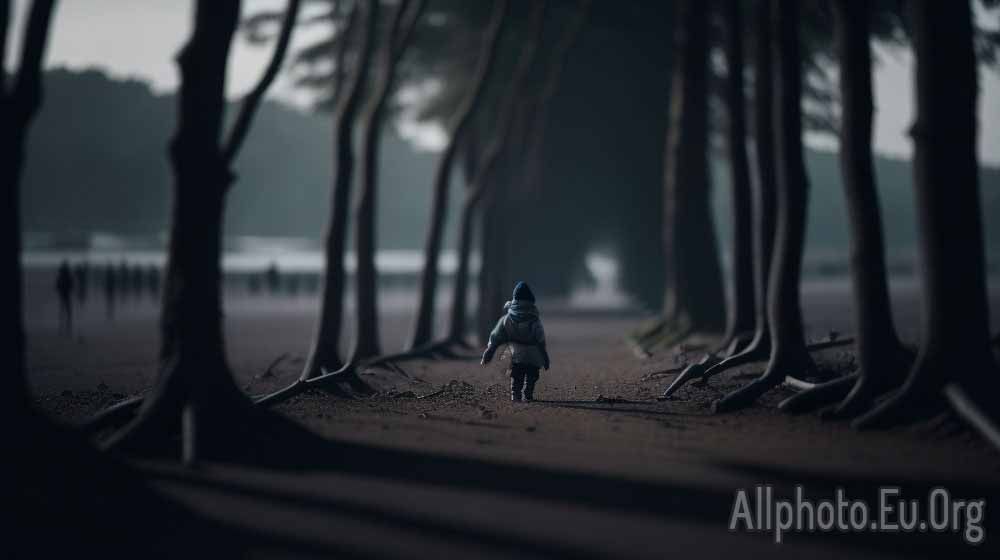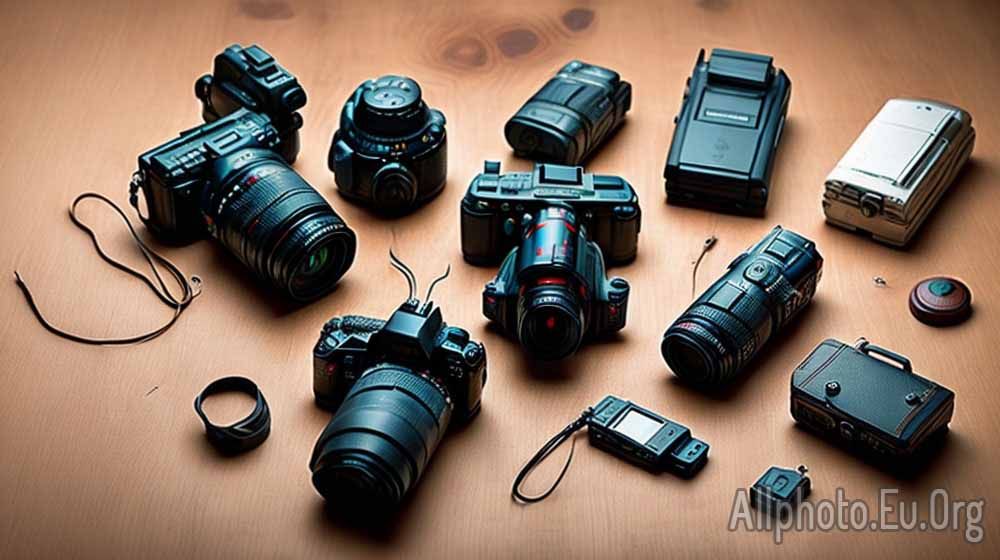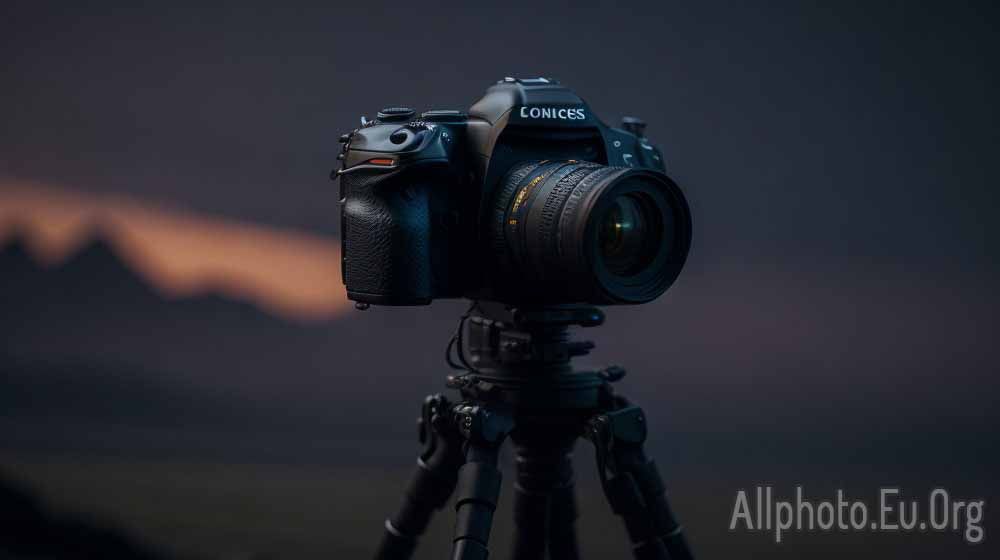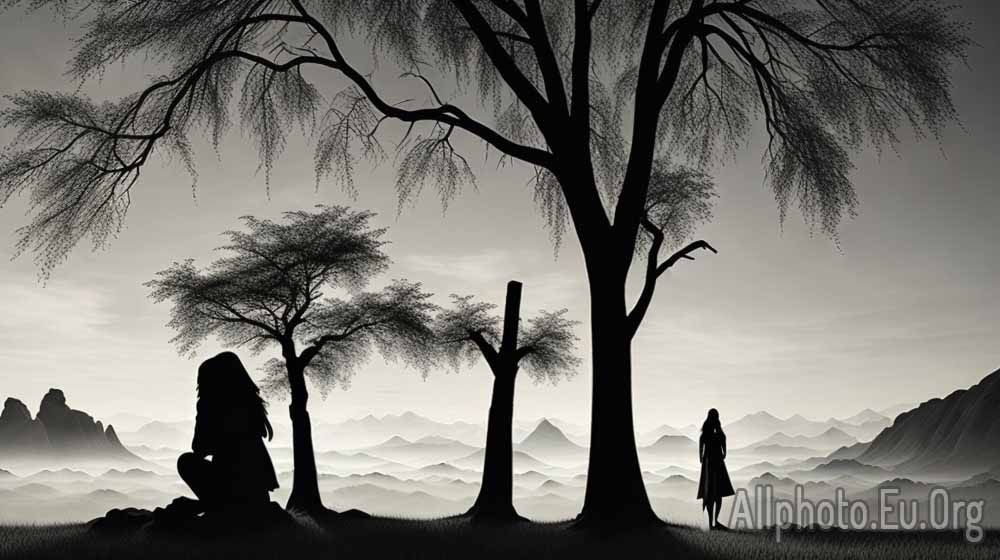The Importance of Foreground in Landscape Photography: Creating a Sense of Depth and Scale
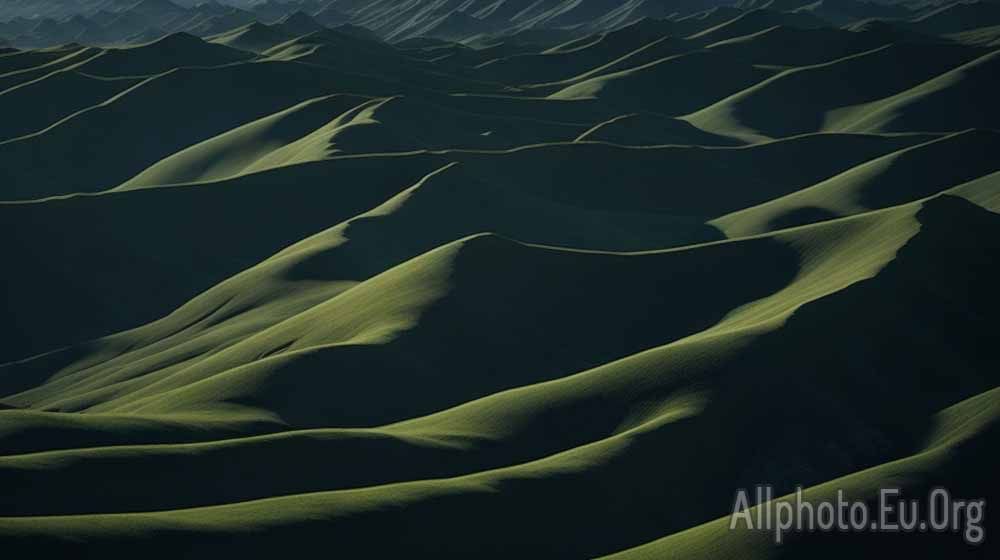
Landscape photography is all about capturing the beauty and majesty of the natural world. It's a form of art that allows us to share our experiences of the great outdoors with others. One of the key elements of landscape photography is the foreground, which plays a crucial role in creating a sense of depth and scale in your images. In this article, we'll explore the importance of foreground in landscape photography and provide tips on how to use it effectively.
What is Foreground in Landscape Photography?
In landscape photography, the foreground is the part of the image that's closest to the viewer. It's the area of the photograph that's in front of the subject or scene you're trying to capture. The foreground can be anything from rocks, plants, water, or any other element that adds interest to the image.
The Importance of Foreground
Foreground is an essential component of landscape photography because it helps create a sense of depth and scale in your images. When you include a foreground element in your photograph, it provides a visual anchor for the viewer's eye, leading them into the image and towards the subject or scene you're trying to capture.
Without a foreground element, your images can appear flat and lack dimension. Including a foreground element helps create a sense of distance between the viewer and the subject or scene, giving your images more depth and making them more engaging.
Tips for Using Foreground in Landscape Photography
Here are some tips on how to use foreground effectively in your landscape photography:
- Look for Interesting Foreground Elements: When you're out in nature, take the time to explore the area and look for interesting foreground elements that can add depth and interest to your images. Look for rocks, plants, water, or any other element that can add texture and contrast to your images.
- Use a Wide-Angle Lens: Using a wide-angle lens can help you capture more of the foreground in your images, making it easier to create a sense of depth and scale. Wide-angle lenses also help to exaggerate the size of the foreground element, making it more prominent in the image.
- Position Your Camera Low to the Ground: By positioning your camera low to the ground, you can make the foreground element more prominent in the image. This technique can also help create a more dynamic composition, giving your images more interest.
- Use Leading Lines: Leading lines are a great way to guide the viewer's eye into the image and towards the subject or scene you're trying to capture. Look for natural lines in the landscape, such as rivers or paths, and use them to lead the viewer's eye into the image.
- Experiment with Depth of Field: Experimenting with the depth of field can help you create a sense of depth and scale in your images. Using a shallow depth of field can help blur the background and make the foreground element more prominent in the image.
Conclusion
In landscape photography, the foreground plays a crucial role in creating a sense of depth and scale in your images. Including an interesting foreground element can make your images more engaging and help guide the viewer's eye towards the subject or scene you're trying to capture. By following these tips, you can use foreground effectively in your landscape photography and take your images to the next level.
Additionally, incorporating foreground into your images can also help to convey a sense of perspective and scale. This is especially important when capturing grand landscapes such as mountain ranges, waterfalls, or vast landscapes. Adding a foreground element such as rocks, flowers, or trees can give the viewer a sense of the vastness and immensity of the landscape.
It's important to note that foreground is not the only element that contributes to creating depth and scale in landscape photography. Other factors such as composition, lighting, and perspective also play a significant role. However, foreground can be a powerful tool in your photography toolkit to enhance your images and convey your artistic vision.
In conclusion, foreground is an essential element in landscape photography that can add depth, scale, and interest to your images. By using the tips mentioned in this article, you can effectively incorporate foreground into your photographs and create stunning landscape images that captivate and inspire. Remember, when it comes to photography, experimentation and practice are key to improving your skills and developing your own unique style. So grab your camera, head out into nature, and have fun exploring the power of foreground in your landscape photography.
Furthermore, foreground can also help to create a sense of movement and flow in your images, leading the viewer's eye through the scene and towards the subject. It's an element that can add both visual interest and storytelling to your photographs.
In summary, foreground is a crucial element in landscape photography that can elevate your images to the next level. By incorporating interesting foreground elements, using a wide-angle lens, experimenting with depth of field, and other techniques, you can create images that convey a sense of depth, scale, and interest. Remember to explore, experiment, and practice to develop your own unique style and artistic vision in landscape photography.
Tags
Latest Articles
Most Read
All Tags
Subscribe
Donate
Please consider supporting our efforts.
© 2023 All-Photo.Cf All rights reserved.




